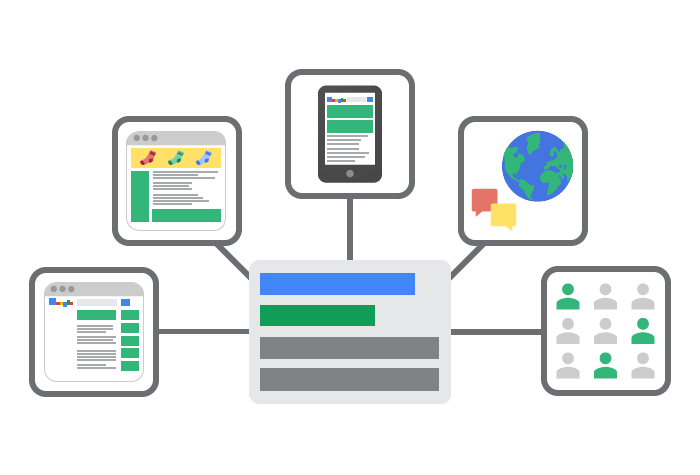Many businesses especially ones that target a local audience because they sell via a physical location are under the impression that their SEO operations can start a few months after they open shop. While this was the best way to do things five or maybe six years ago today almost every niche is a lot more competitive, plus major search engines that matter take a lot of time to start showing you in results. If you’re going to start a business or even considering it, the best time to get your internet presence optimized is a soon as you name it or register it.
When to get a website
The most difficult part of doing business today is finding a domain name that matches your business’s registered name. This means that if your business is named “Doggy Delights” finding “doggydelights.com” is going to be very difficult, because it may already be taken. On the other hand you could find “doggydelights231.com” but you don’t want to name your business this regardless of how quirky you’ve imagined it to be.
So, the decision as to what to name your business should start online. Find a domain that is easy to remember and one that you can name your business after. Then buy this domain immediately and file for a registration of your business. This is very important for both local businesses and ones that expect to do business online.
Steps for SEO optimizing local businesses
If you are a local business and you’ve already gone through and registered your domain wait a while till your legal paper work is done. Once you are officially a business owner the next step should be to get a website and logo design. You then start optimizing your business prior to building any inventory. Remember, that your optimization goal at this point is to start ranking well, connecting with potential customers and start getting phone calls. Your SEO optimization should start with the following steps:
- Get your website registered with Google, Yahoo and Bing
- Do some keyword research using Google’s keyword tool to determine the top 10 keywords that reflect your niche perfectly.
- Submit your site to local directories if it’s a local business like a bar, restaurant or delivery service. Make sure to add one keyword in your post.
- Start a blog on your website where you post regular updates, news articles and information about your business. Your blog posts should be optimized for two of your chosen keywords with a 1% density.
- Post Press Releases to syndication websites announcing things like new products, new services, discounts etc. There should be a link back to your website as well as keywords that you’re targeting used.
For More Tips – http://www.smart-seo.com.au
SEO Optimization for all other businesses
If your business is going to target a more international audience like an Ecommerce site or web design service your SEO strategy should be slightly different. The thing you need to keep in mind is that your website should accurately reflect what you are selling i.e. have pictures of your products, of your employees, base of operations etc. Then with this in place follow through with the optimization steps below:
- Get your website registered with Google, Yahoo and Bing.
- Do some keyword research using Google’s keyword tool to determine the top 10 keywords that reflect your niche perfectly.
- On page optimization by adding keyword and a description to your sites meta-data.
- All pages on your website need to be interconnected using anchor text and not just the menu.
- Make sure to identify appropriate directories and submit your website there. Your post should have one keyword at the very least but without sounding crazy.
- Build backlinks to each of your products with effective and informative guest blog posts. Ideally, you should have a spate detailed page for every product or service you are offering.
- Add a blog to your main website where you post about new and upcoming products. If you’re offering a service then more information like how-tos, industry news and other things that people you’re targeting will be interested in.
- Post two press releases announcing discounts, new hires, new products etc. each week.
All of this should be done prior to actually having any real inventory in place. Once you start getting orders it’s time to up your inventory.
Featured images:
License: Creative Commons
image source
License: Image author owned
Mark is an SEO analyst with one of the leading businesses in Australia. He also works as an SEO optimization consultant for international businesses. When he’s not advising on SEO tactics or devising new ones he’s out with his 10 year old son fishing.




